

Showing all 7 results
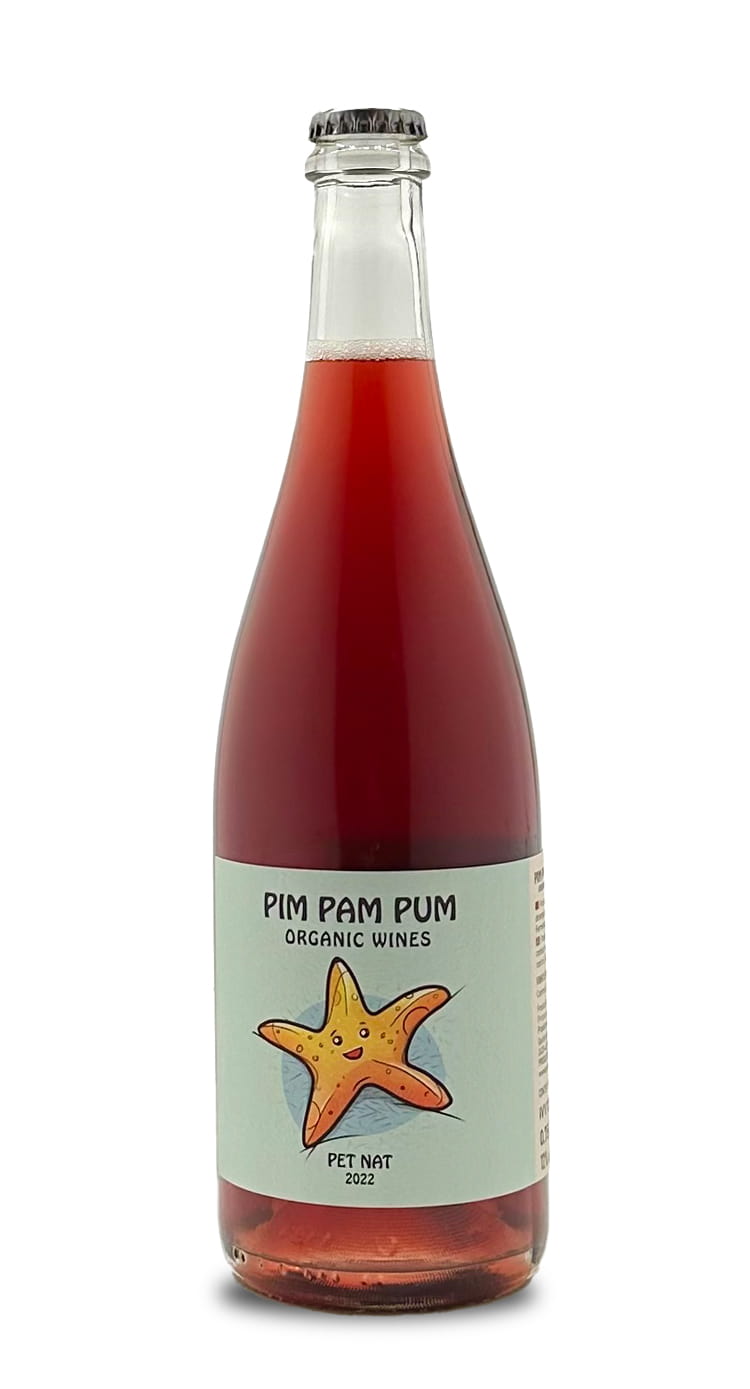
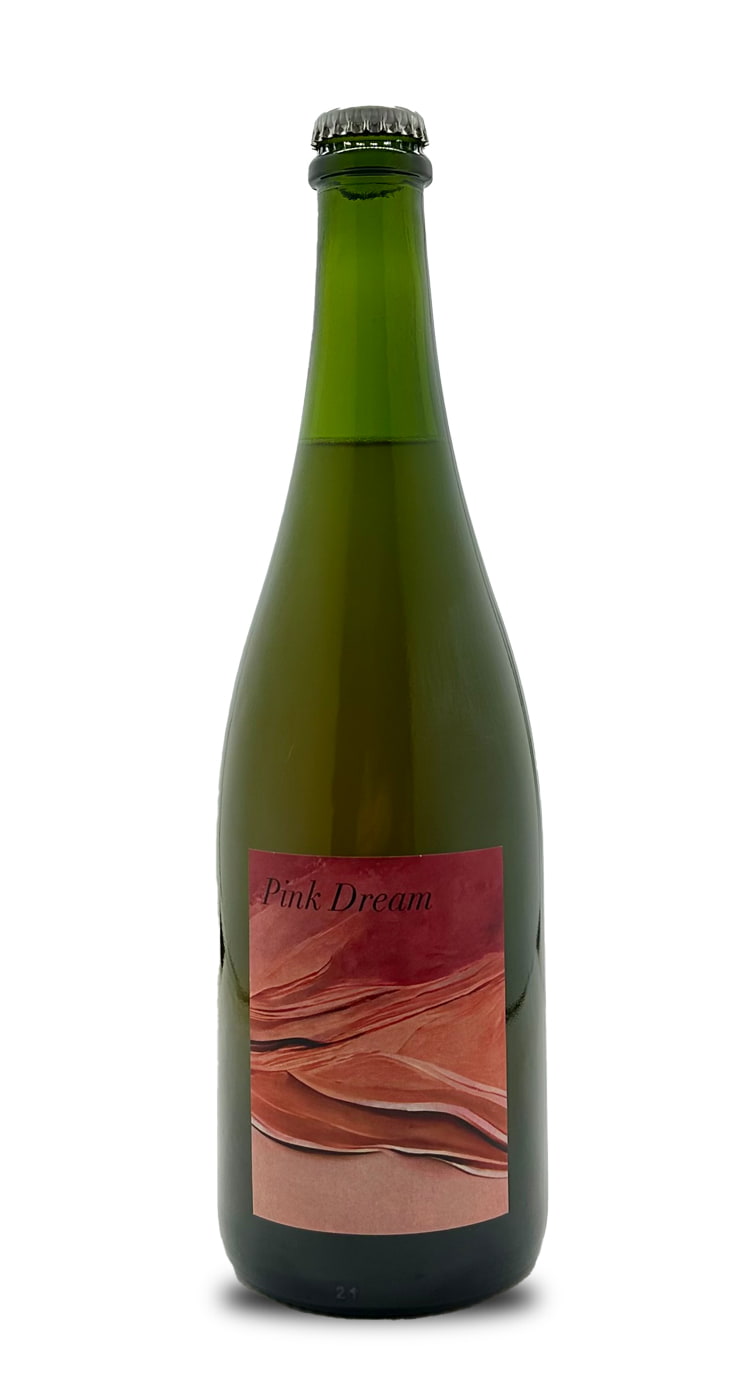
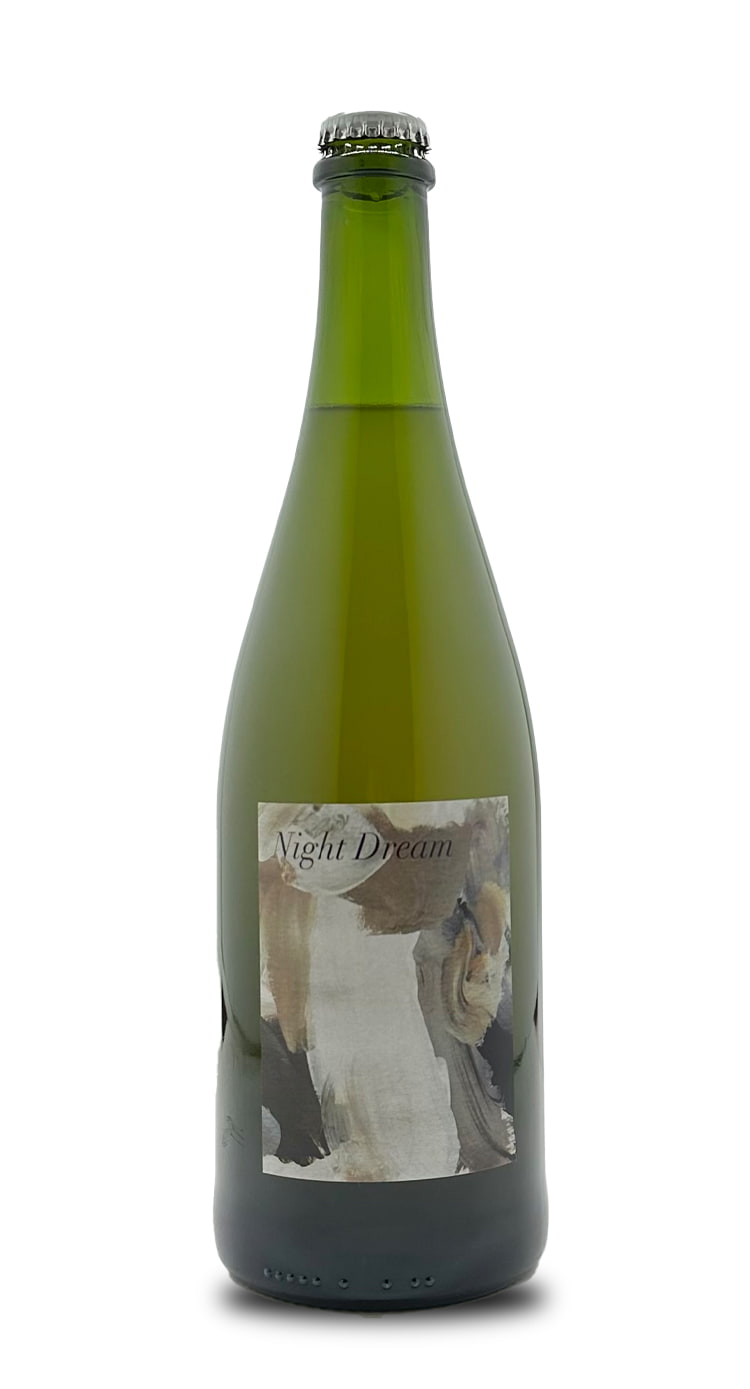
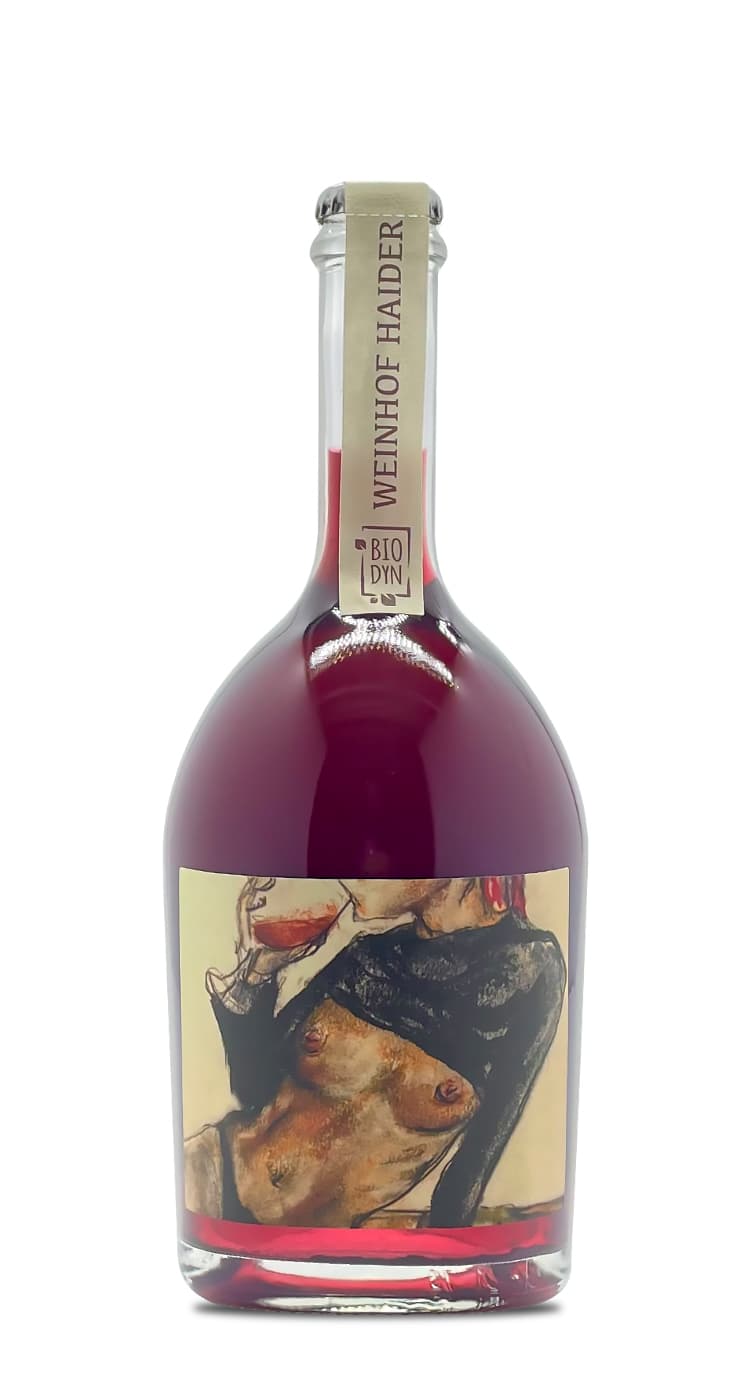
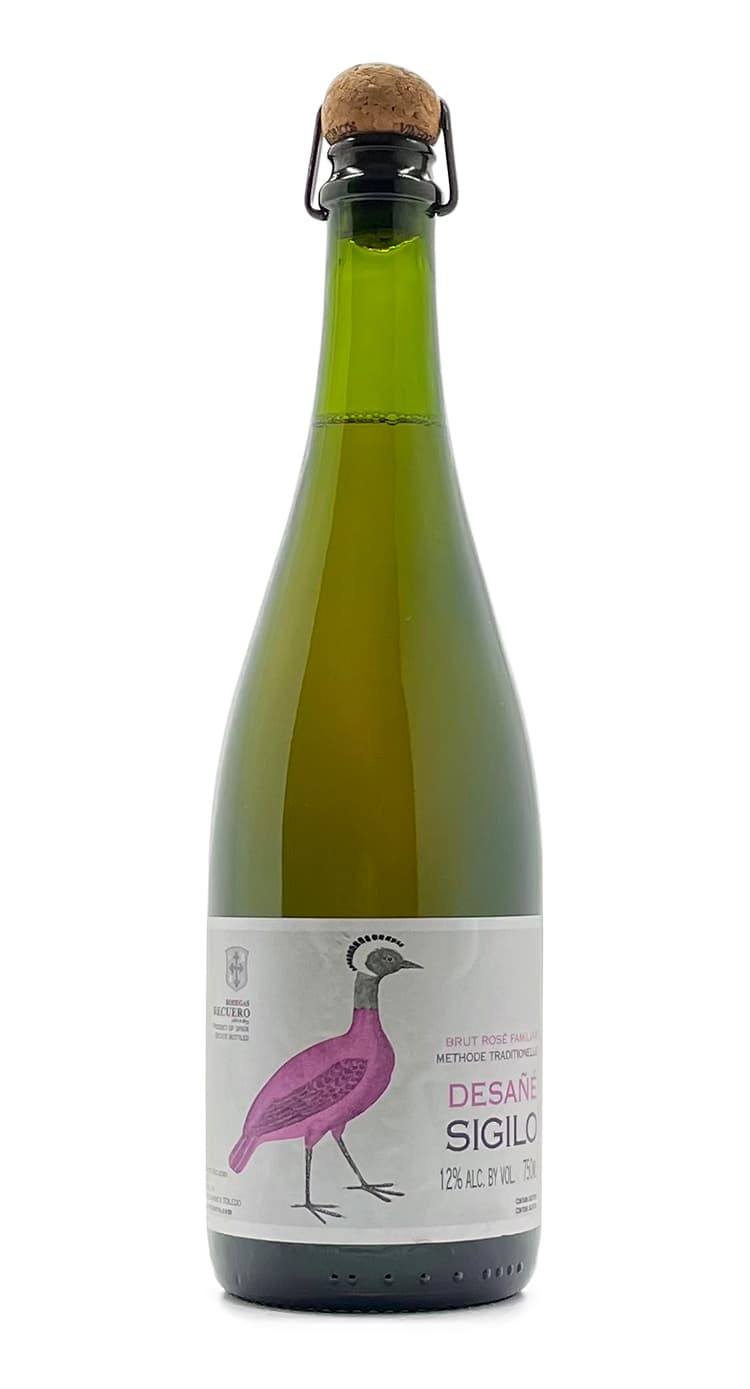
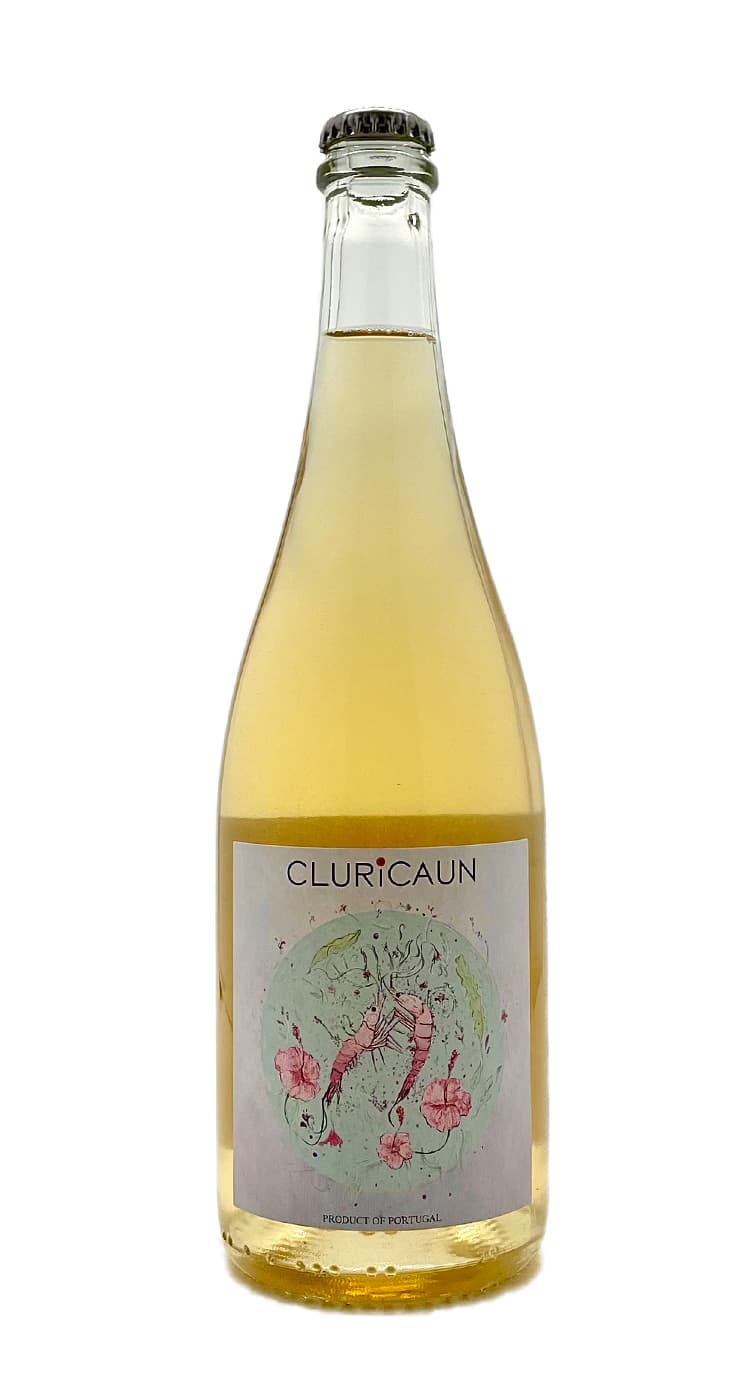
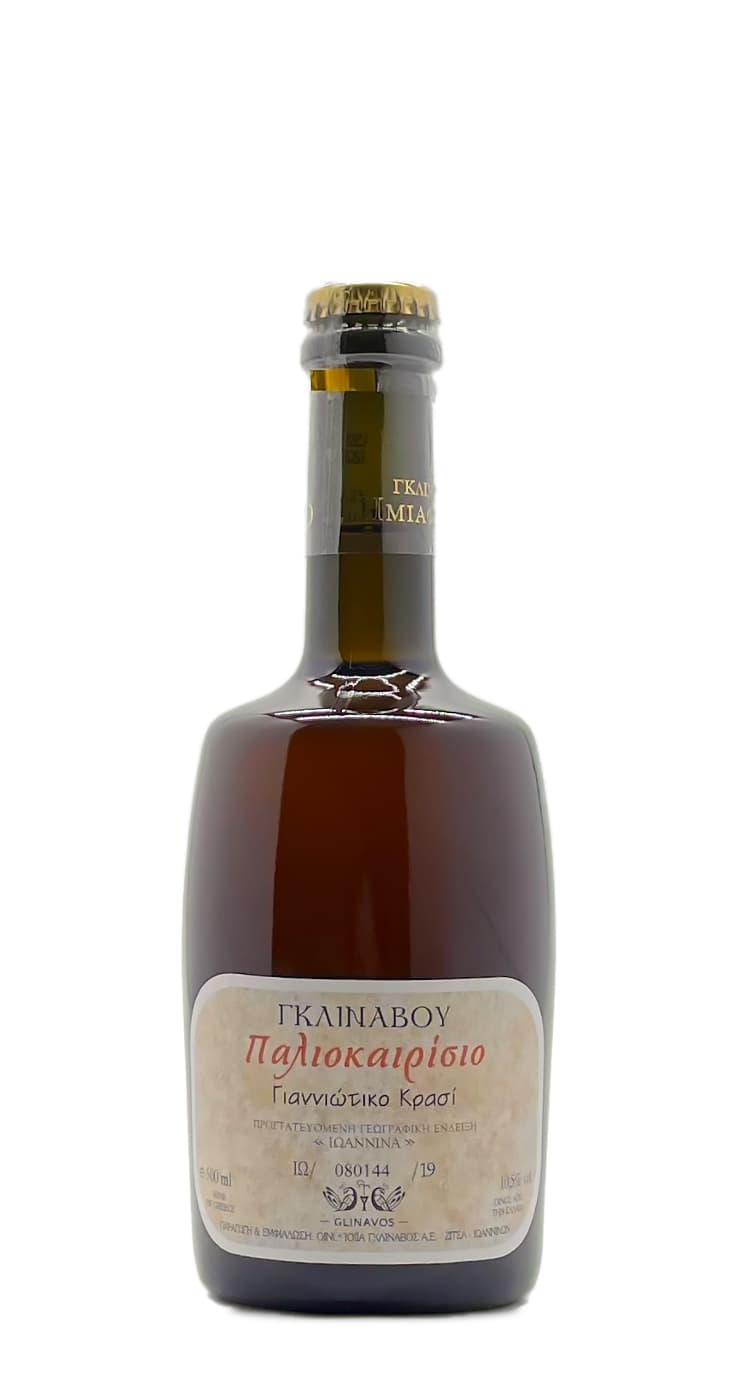


These are the main two methods of winemaking used to produce sparkling wine.
1. Traditional Method: This is method is also broadly also called Methode champenoise (for the sparkling wines made in the Champagne region), cremant (made in various parts of France), Spumante (literally meaning bubbly in Italian) and Espumante in Spain. Generally speaking, it entails an initial fermentation of the base wine/s which are then bottled and are put on slates to age for a minimum period of between 9-36 months depending on the region and class. This period allows the base wine to develop depth and complexity. The bubbles are created in the second fermentation stage in which the winemaker will introduce juices from a recent vintage, containing sugar, which will interact with the base wine and cause the desired second fermentation. There is no addition of sugar (dosage), additives or yeast at any stage of the fermentation. In some wines, a very small amount of sulfur will be added at the bottling stage.
2. Ancestral Method: As the name suggests this was the first method that was used in making sparkling wine, and whilst it requires no additives or special technology it is a method that requires skill, careful observation and experience. It is also called PetNat (Petillant naturel in french) or Colfondo (in Italian, specifically in the Veneto region where this was used to make Prosecco)
The winemaking starts with the first fermentation of the base wine however the wine is bottled in the midst of the fermentation, still containing a relatively high level of sugar. The bottles remain in the cellar until the following spring and when the temperatures start rising the second fermentation takes place inside the bottle. You may find examples of a Colfondo Prosecco, Petnat and Ancestral
